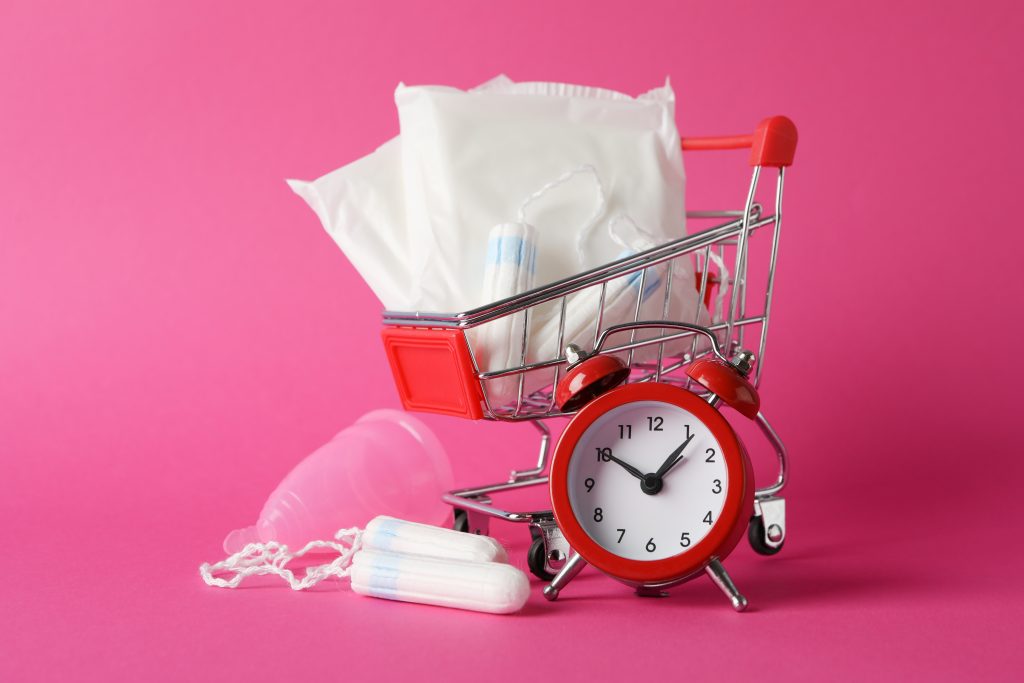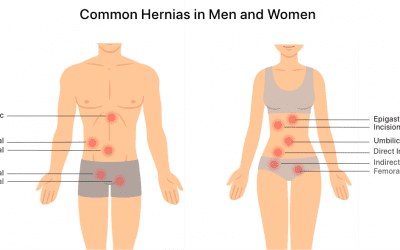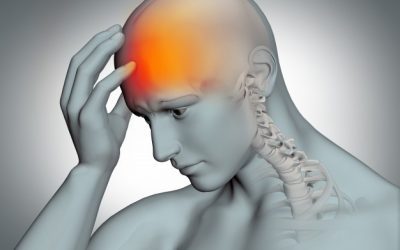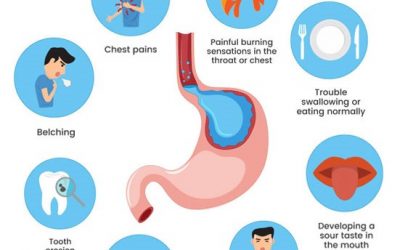MENORRHAGIA

Menorrhagia is the medical term for menstrual periods with abnormally heavy or prolonged bleeding. Although heavy menstrual bleeding is common concern, most women don’t experience blood loss severe enough to be defined as Menorrhagia.
With menorrhagia, you can’t maintain your usual activities when you have your period because you have so much blood loss and cramping. If you dread your period because you have such heavy menstrual bleeding, talk with your doctor. There are many effective treatments for Menorrhagia.
SYMPTOMS:
Signs and symptoms of menorrhagia may include:
- Soaking through one or more sanitary pads or tampons every hour for several consecutive hours.
- Needing to use double sanitary protection to control your menstrual flow.
- Needing to wake up to change sanitary protection during the night.
- Bleeding for longer than a week.
- Passing blood clots larger than a quarter.
- Restricting daily activities due to heavy menstrual flow.
- Symptoms of anemia, such as tiredness, fatigue or shortness of breath.
WHEN TO SEE A DOCTOR?
- Vaginal bleeding so heavy it soaks at least one pad or tampon an hour for more than two hours.
- Bleeding between periods or irregular vaginal bleeding.
- Any vaginal bleeding after menopause.
CAUSES:
In some cases, the cause of heavy menstrual bleeding is unknown, but a number of conditions may cause Menorrhagia. Common causes include:
HORMONE IMBALANCE:
In a normal menstrual cycle, a balance between the hormones estrogen and progesterone regulates the buildup of the lining of the uterus (endometrium), which is shed during menstruation. If a hormone imbalance occurs, the endometrium develops in excess and eventually sheds by way of heavy menstrual bleeding.
A number of conditions can cause hormone imbalances, including polycystic ovary syndrome (PCOS), obesity, insulin resistance and thyroid problems.
UTERINE FIBROIDS:
These noncancerous (benign) tumors of the uterus appear during your childbearing years. Uterine fibroids may cause heavier than normal or prolonged menstrual bleeding.
DYSFUNCTION OF THE OVARIES:
If your ovaries don’t release an egg (ovulate) during a menstrual cycle (Anovulation), your body doesn’t produce the hormone progesterone, as it would during a normal menstrual cycle. This leads to hormone imbalance and may result in menorrhagia.
POLYPS:
Small, benign growths on the lining of the uterus (uterine polyps) may cause heavy or prolonged menstrual bleeding.
ADENOMYOSIS:
This condition occurs when glands from the endometrium become embedded in the uterine muscle, often causing heavy bleeding and painful periods.
INTRAUTERINE DEVICE (IUD):
Menorrhagia is a well-known side effect of using a non-hormonal intrauterine device for birth control. Your doctor will help you plan for alternative management options.
CANCER:
Uterine cancer and cervical cancer can cause excessive menstrual bleeding, especially if you are postmenopausal or have had an abnormal Pap test in the past.
INHERITED BLEEDING DISORDERS:
Some bleeding disorders – such as von Willebrand’s disease, a condition in which an important blood – clotting factor is deficient or impaired – can cause abnormal menstrual bleeding.
MEDICATIONS:
Certain medications, including anti-iflammatory medications, hormonal medications such as estrogen and progestins, and anticoagulants such as warfarin (Coumadin, Jantoven) or enoxaparin (Lovenox), can contribute to heavy or prolonged menstrual bleeding.
OTHER MEDICAL CONDITIONS:
A number of other medical conditions, including liver or kidney disease, may be associated with menorrhagia.
RISK FACTORS:
Risk factors vary with age and whether you have other medical conditions that may explain our menorrhagia. In a normal cycle, the release of an egg from the ovaries stimulates the body’s production of progesterone, the female hormone most responsible for keeping periods regular. When no egg is released, insufficient progesterone can cause heavy menstrual bleeding.
Menorrhagia in adolescent girls is typically due to anovulation. Adolescent girls are especially prone to anovulatory cycles in the first year after their first menstrual period (Menarche).
Menorrhagia is older reproductive age women is typically due to uterine pathology, including fibroids, polyps and adenomyosis. However, other problems, such as uterine, cancer, bleeding disorders, medication side effects and liver or kidney disease could be contributing factors.
COMPLICATIONS:
Excessive or prolonged menstrual bleeding can lead to other medical conditions, including:
ANEMIA:
Menorrhagia can cause blood loss anemia by reducing the number of circulation red blood cells. The number of circulation red blood cells is measured by hemoglobin, a protein that enables red blooded cells to carry oxygen to tissues.
Iron deficiency anemia occurs as your body attempts to make up for the lost red blood cells by using your iron stores to make more hemoglobin, which can then carry oxygen on red blood cells. Menorrhagia may decrease iron levels enough to increase the risk of iron deficiency anemia.
Signs and symptoms include pale skin, weakness and fatigue. Although diet plays a role in iron deficiency anemia, the problem is complicated by heavy menstrual periods.
SEVERE PAIN:
Along with heavy menstrual bleeding, you might have painful menstrual cramps (dysmenorrheal). Sometimes the cramps associated with menorrhagia are severe enough to require medical evaluation.
HOW IS MENORRHAGIA DIAGNOSED?
Your healthcare provider will ask you about your medical history and about your periods. You will also have a physical exam including a pelvic exam. You may be asked to keep track of your periods and how many pads or tampons you use for a few months if you haven’t already done so.
BLOOD TEST:
These check for anemia and test how fast your blood clots.
PAP TEST:
For this test, cells are collected from the cervix and examined. It’s used to check for cancerous changes, infection, or inflammation.
ULTRASOUND:
Using sound waves and a computer, your healthcare provider can check for fibroids or other problems inside the uterus.
BIOPSY:
Examining a tissue sample from the uterine lining can help your healthcare provider find cancer or other abnormal tissue.
OTHER TESTS INCLUDE:
HYSTEROSCOPY:
Using a viewing instrument inserted through the vagina, your healthcare provider can see the cervix and the inside of the uterus.
DILATION AND CURETTAGE (D&C):
This procedure involves scraping and then examining the uterine cavity.
HOW IS MENORRHAGIA TREATED?
Your doctor will consider your age and overall health and your personal preferences when finding the best treatment for you.
Treatment for hormone problems may include:
- PROSTAGLANDIN INHIBITORS: These are non steroidal anti-inflammatory medicines (NSAIDs), including aspirin or ibuprofen. They help reduce cramping and the amount you bleed.
- BIRTH CONTROL PILLS: These stop ovulation and result in lighter periods.
- PROGESTERONE: This is a type of hormone treatment.
Treatment for problems with the uterine lining (endometrium) may include:
ABLATION:
Healthcare providers use this procedure to destroy the lining of the uterus (Endometrium).
RESECTION:
In this procedure, the lining of the uterus is removed.
HYSTERECTOMY:
This is the surgical removal of the whole uterus.
IRON SUPPLEMENTS:
If you have anemia as a result of the heavy loss of blood, you may need iron supplements.
TIPS TO HELP YOU GET THE MOST FROM A VISIT TO YOUR DOCTOR:
- Know the reason for your visit and what you want to happen.
- Before you visit, write down questions you want answered.
- Bring someone with you to help you ask questions and remember what your provider tells you.
- Know why a new medicine or treatment is prescribed, and how it will help you. Also know what the side effects are.
- Ask if your condition can be treated in other ways.
- Know why a test or procedure is recommended and what the results could mean.
- Know what to expect if you do not take the medicine or have the test or procedure.
- If you have a follow-up appointment, write down the date, time and purpose for the visit.
- Know how you can contact your provider if you have questions.
SNEHAL RAVISAHEB
OBSTETRICIAN AND GYNECOLOGIST
BIMS HOSPITAL
BHAVNGAR – GUJARAT
FOR APPOINTMENT: 0278-6644446 / 6644447
Departments
- Department Of Cardiology
- Neurology
- Nephrology
- Urology
- Spine Surgery
- Orthopaedics/ Trauma
- General Medicine
- General and Laparoscopic Surgery
- Gastrointestinal Surgery
- Bariatric And Diabetes Surgery
- Intensive Care/ Critical Care
- Pulmonology
- Obstetrics and Gynecology
- Oral and maxillofacial surgery
- Dental and Implant surgery
- Neuro Surgery
- Radiology
- Physiotherapy






